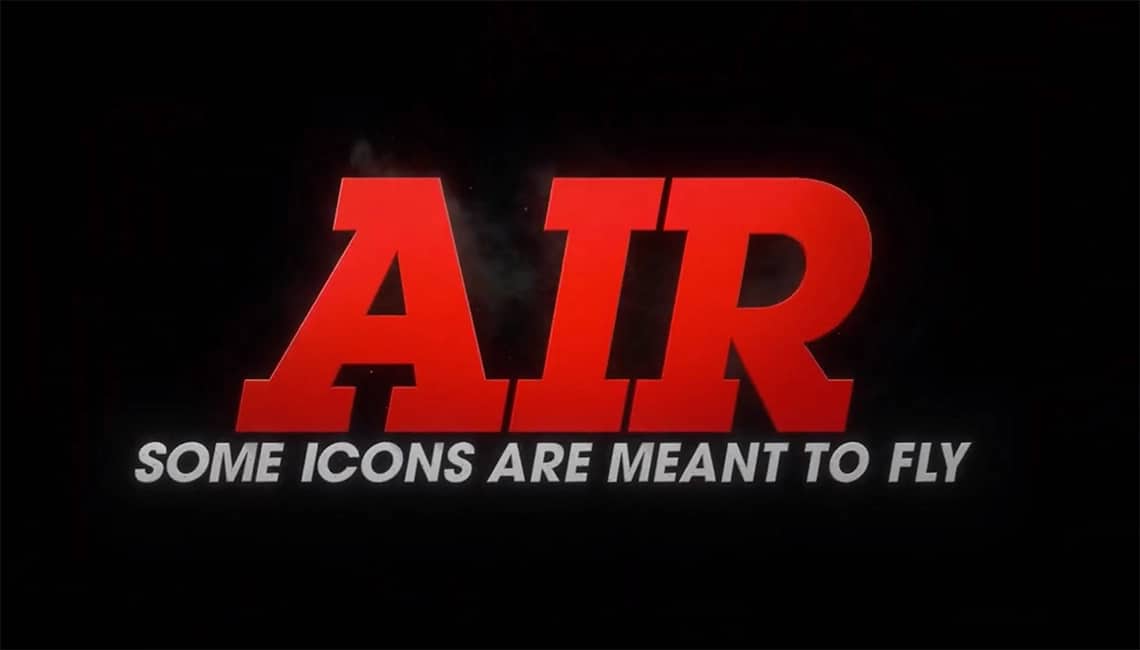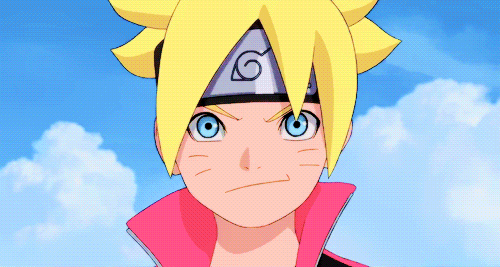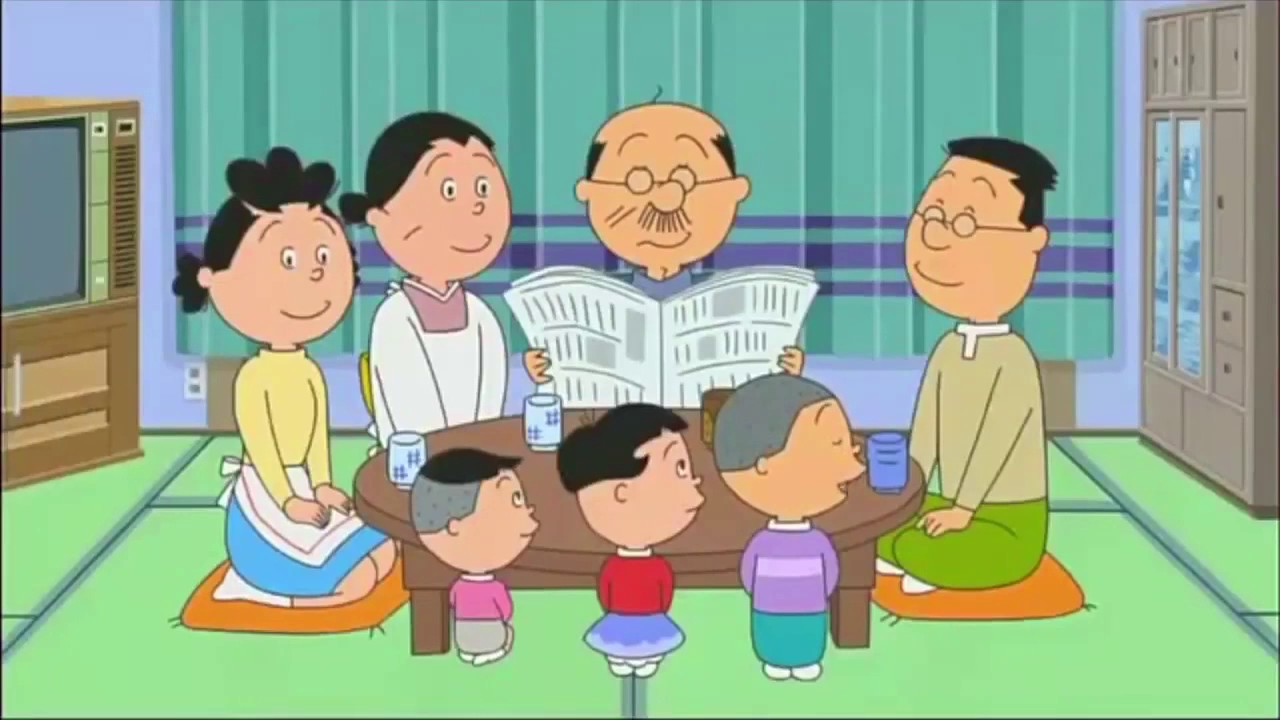After Keiji and Soten No Ken, Mangetsu publishes the new series of the legendary cartoonist Tetsuo Hara. Let's discover together the first two volumes of the Legend of Oda Nobunaga.
Tetsuo Hara makes history
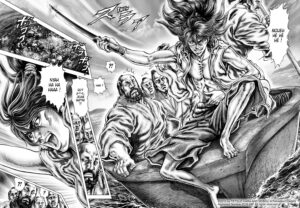
The first volume of Ikusa No Ko is not only Tetsuo Hara's new series in France, but also his return to drawing. No retirement for him after sixty years. With a deep humility, the manga giant hesitated to accept this project with screenwriter Seibô Kitahara wondering if he still knew how to draw. The first pages of Ikusa No Ko prove otherwise. The drawing is grandiose, baroque and abundant. Tetuso Hara always impresses in duels as well as in large fights. In the first volume, he rewards us with a Dantesque naval battle.
Tetsuo Hara still refuses to comply with convention. It offers totally improbable fights like this gigantic pirate. Indeed, the proportions have no realism because the size is a message about the power. Hara uses modern tools, the sets incorporating many digital effects. The precision is such that the page diffuses a feeling of claustrophobia. The publisher Mangetsu went out of his way for the return of the cartoonist. Not only do the publisher release the first two volumes simultaneously, but the superb cover of the first shines with a riot of shimmering colors enhanced by a golden title. The reader even benefits from a bookmark
The child of war
Tetsuo Hara doesn't just reproduce his recipes because, for the first time, the hero of his series is a boy. He must therefore draw a very thin child, very far from the muscular Ken. Ikusa No Ko is a flashback story. During his last battle in 1582, Oda Nobunaga remembers his childhood. Born in the midst of the fighting, the child was named Kippôshi Oda and he lived in Nagoya Castle. Nobuhide, his father, was a local chief who became the de facto head of a province through his victories during the period of seigneurial wars. The Oda clan competes with its Imagawa neighbors. The daily life of the inhabitants is complicated because crime takes advantage of these rivalries to spread. This context explains why Kippôshi is already passionate about war. It is even a philosophy: it is a tool for the progress of humanity. Kippōshi is very dexterous, but he has no measure and is arrogant. He will live many adventures that make the story very pleasant to follow. From the first pages, the 12-year-old is kidnapped by pirates. Ikusa No Ko describes a reverse education. Indeed, if his father wanted to have an heir worthy of his military lineage, his tutor Masahide did everything to make him a scoundrel.
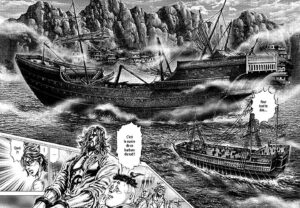
The fusion of the divine and the trivial
As in many of his series, Tetsuo Hara is interested in myths and the divine. The beauty of the faces and the muscular bodies are a tool to deify his characters. Nobunaga and its page are surrounded by a halo. A Westerner has a Christic face.Nobunaga is compared to Caesar by a relative because he is destined to have a legendary destiny. The warlord hopes to have died out like a messiah by rising into the flames. However, is Ikusa No Ko the story of an angel or a demon? The morphology of the characters shows a separation. Evil pirates are closer to animals than to humans. However, the main character is much more ambivalent. He certainly helps his friends and keeps his promises. But he is ruthless and supports the strongest, those who can serve him.
All these elements might seem pompous. But Tetsuo Hara defuses this risk with trivial humor. Right after a dramatic announcement, Kippōshi starts dancing with a fan like a pepper in a geisha salon.
With his new series, Tetsuo Hara draws the rise of a young man eager for power and training, but Ikusa No Ko deviates from the codes of shonen by offering above all a dishevelled adventure story that continues in volume two.
Find on our website two other series of Tetuso Hara with Keiji and Soten No Ken.






























